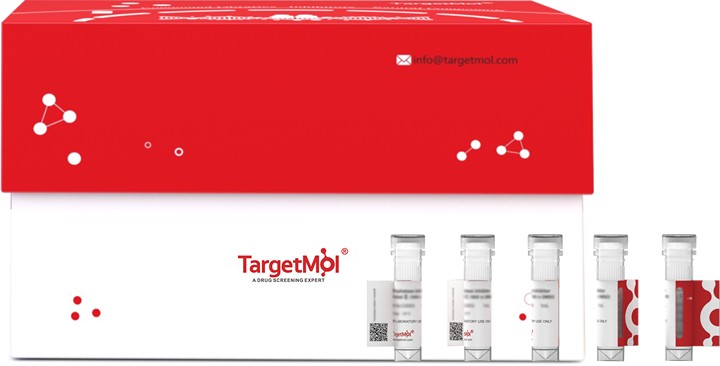Shopping Cart
- Remove All
 Your shopping cart is currently empty
Your shopping cart is currently empty

AaH II Protein, Androctonus australis, Recombinant (His & SUMO) is expressed in E. coli expression system with N-6xHis-SUMO tag. The predicted molecular weight is 23.3 kDa and the accession number is P01484.

| Pack Size | Price | Availability | Quantity |
|---|---|---|---|
| 20 μg | $360 | 20 days | |
| 100 μg | $745 | 20 days | |
| 1 mg | $2,530 | 20 days |
| Biological Activity | Activity has not been tested. It is theoretically active, but we cannot guarantee it. If you require protein activity, we recommend choosing the eukaryotic expression version first. |
| Description | AaH II Protein, Androctonus australis, Recombinant (His & SUMO) is expressed in E. coli expression system with N-6xHis-SUMO tag. The predicted molecular weight is 23.3 kDa and the accession number is P01484. |
| Species | Androctonus australis |
| Expression System | E. coli |
| Tag | N-6xHis-SUMO |
| Accession Number | P01484 |
| Synonyms | Toxin II,Neurotoxin II,Alpha-mammal toxin AaH2,AaHII |
| Amino Acid | VKDGYIVDDVNCTYFCGRNAYCNEECTKLKGESGYCQWASPYGNACYCYKLPDHVRTKGPGRCH |
| Construction | 20-83 aa |
| Protein Purity | > 90% as determined by SDS-PAGE. |
| Molecular Weight | 23.3 kDa (predicted) |
| Endotoxin | < 1.0 EU/μg of the protein as determined by the LAL method. |
| Formulation | Tris-based buffer, 50% glycerol |
| Reconstitution | A Certificate of Analysis (CoA) containing reconstitution instructions is included with the products. Please refer to the CoA for detailed information. |
| Stability & Storage | Lyophilized powders can be stably stored for over 12 months, while liquid products can be stored for 6-12 months at -80°C. For reconstituted protein solutions, the solution can be stored at -20°C to -80°C for at least 3 months. Please avoid multiple freeze-thaw cycles and store products in aliquots. |
| Shipping | In general, Lyophilized powders are shipping with blue ice. Solutions are shipping with dry ice. |
| Research Background | Alpha toxins bind voltage-independently at site-3 of sodium channels (Nav) and inhibit the inactivation of the activated channels, thereby blocking neuronal transmission. The toxin principally slows the inactivation process of TTX-sensitive sodium channels. It is active on rat brain Nav1.2/SCN2A sodium channel (EC(50)=2.6 nM) and on rat skeletal muscle Nav1.4/SCN4A sodium channel (EC(50)=2.2 nM), as well as on human neuronal Nav1.7/SCN9A (EC(50)=6.8 nM). This toxin is active against mammals. In vivo, intraplantar injection into mice induces spontaneous pain responses. |

Copyright © 2015-2025 TargetMol Chemicals Inc. All Rights Reserved.